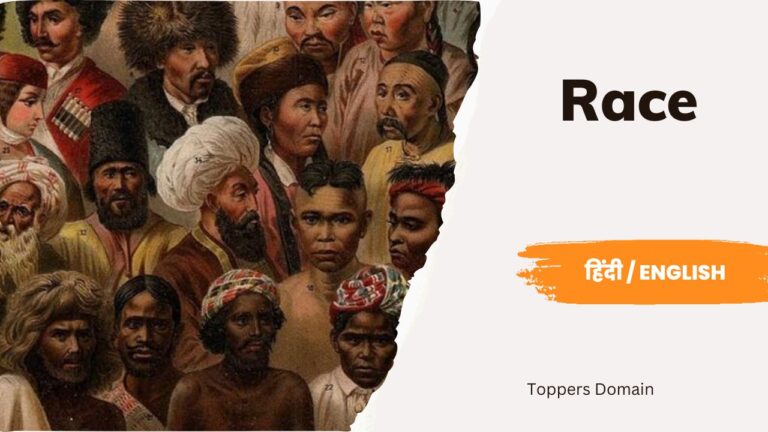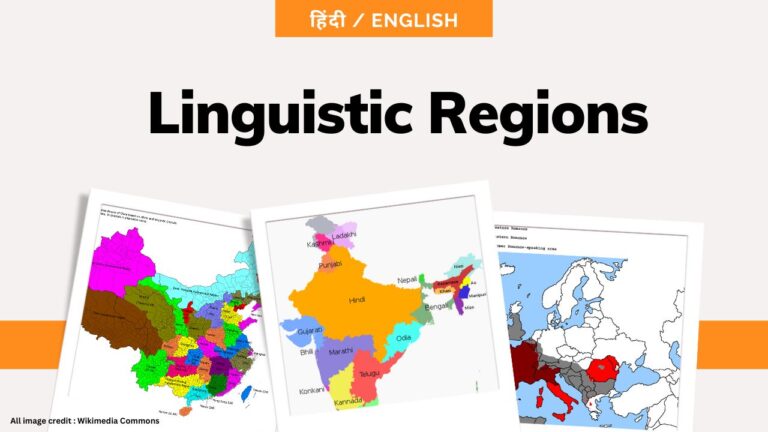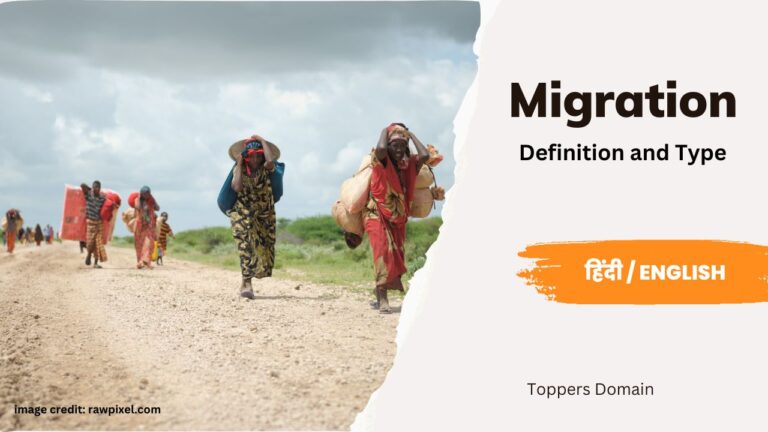Cultural Region
Human Geography
Index
Cultural Region
Such regions of the world, where there is a common culture, which has similar religious beliefs and practices, similar values and traditions, which shape their unique cultural characteristics, are called cultural regions. These regions are determined and defined on the basis of social, economic, political and historical factors. Cultural regions have a significant impact on global politics, economics and social relations.
The classification and study of cultural area is a means of knowing and understanding how people from different regions of the world interact with their environment and the world around them. It explains how they shape their environment and how they themselves are shaped by environment. These are regarded as distinct cultural groups.
Cultural regions can be defined by a variety of grounds, including language, religion, ethnicity, history and geography. The major cultural regions of the world are often defined by a combination of these factors.
1- Middle East
The Middle East is a distinct cultural region that includes countries in West Asia and North Africa, including Egypt, Iran, Iraq, Israel, Jordan, Lebanon, Saudi Arabia, Syria, and Turkey. The region is characterized by its shared Islamic religion, the Arabic language. The region is known for its rich history of clash of empires and its importance in world trade. It is a geopolitical region for oil production and transportation, and has been a major centre of political tension and international conflict for decades.
2- Europe
Europe is another distinct cultural region that includes the countries of the European Union and surrounding regions. It is defined by its shared history, Christianity, diverse languages and ethnicities and long traditions of art, music and literature. Europe has been a major centre of global power and influence. It has played a significant role in shaping global politics, economics and culture.
3- East Asia
East Asia is a distinct cultural region that includes China, Japan, Korea, Taiwan and Mongolia. It is defined by its shared history of Confucianism, Taoism and Buddhism. These countries are known for their distinctive languages and writing systems and its rich traditions of art, literature and philosophy. East Asia has been a major centre of economic growth and technological innovation. It has played an important role in shaping global culture and politics.
4- South Asia
South Asia is another cultural region which includes India, Pakistan, Bangladesh, Sri Lanka, Nepal, Bhutan and Maldives. It is defined by its shared history of Hinduism, Islam and Buddhism, its diverse languages and castes, its rich traditions of art, music and literature. South Asia has been a major centre of trade, culture and religion for centuries. It is an important area from the point of view of global politics and economics.
5- Africa
Africa is another cultural region that includes the countries of sub-Saharan Africa. It is defined by a rich diversity of languages, ethnicities and cultures, as well as by their shared history of colonialism and resistance. Africa has been a major centre of trade, conflict and cultural exchange for millennia. It has been home of some of the most ancient and influential civilizations in the world.
6- Latin America
Latin America is a cultural region that includes countries in Central and South America as well as Mexico and the Caribbean. It is defined by its shared history of colonialism and indigenous resistance, its diverse languages and ethnicities and its rich traditions of music, dance and cuisine. Latin America has been a major centre of global culture and politics. It has played a significant role in shaping the history of America and the world.
7- North America
North America is another cultural region which includes the United States of America, Canada and Mexico. It is known for European colonization and indigenous resistance. Its main language is English. It is defined by a shared history of democracy, capitalism and its own distinct traditions of popular culture. North America has been a major centre of global power and influence. It has played a significant role in shaping the history of America and the world.
Conclusion :
Finally, cultural regions are geographic regions where people share common cultural traits such as language, religion, customs and traditions. These regions are defined by unique cultural practices and beliefs that are passed down from generation to generation. These are influenced by factors such as historical events and migration.
Cultural regions can vary in size and complexity from small communities to entire countries or continents. They can also overlap and intersect, creating complex cultural landscapes.
Understanding cultural spheres is important for understanding the diversity and richness of human cultures and for promoting intercultural understanding and cooperation.
Share
Other Topics
Unit - II







